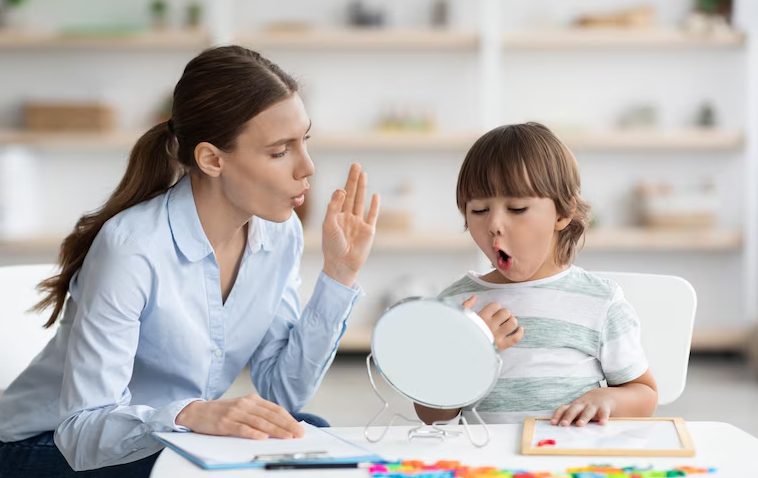
Picture this: Your child has something important to say, but the words feel stuck behind an invisible wall.
As a parent, you want nothing more than to hear their thoughts, dreams, and even their complaints about broccoli. If your child has autism, you’re not alone in this journey, and there’s incredible hope ahead.
The Reality of Autism and Communication Today
The numbers tell a powerful story. In India, Autism Spectrum Disorder (ASD) is estimated to affect approximately 1 in 68 children, accounting for about 1.12% to 1.5% of children between the ages of 2 and 9. Some estimates suggest that up to 3% of the overall population may be on the autism spectrum.
The rising number of autism diagnoses in India does not necessarily indicate a surge in the actual prevalence of Autism Spectrum Disorder (ASD). Instead, it reflects growing awareness, better access to screening tools, and broader diagnostic criteria.
Schedule a FREE consultation with our clinicians now!
As a result, more individuals, especially those who may have been previously overlooked or misdiagnosed, are now being accurately identified. What this truly signifies is progress: more families are receiving the support, recognition, and early intervention they need, leading to improved outcomes and a stronger foundation for lifelong development.
Communication challenges affect nearly every child with autism spectrum disorder (ASD), but here’s the beautiful truth: every child has a voice waiting to be discovered.
Some children will speak in full sentences, others will paint their thoughts through pictures, and some will find their voice through technology. The goal isn’t to make every child communicate the same way; it’s to help them find their unique way to connect with the world.
Understanding Communication Problems in Children with Autism
Children with autism face various communication hurdles that can feel overwhelming for families. These challenges might include:
- Verbal communication difficulties can range from delayed speech development to trouble with conversation flow. Some children might repeat phrases they’ve heard (called echolalia), while others might struggle to find the right words when they need them most.
- Nonverbal communication puzzles often involve difficulty reading facial expressions, understanding body language, or using gestures effectively. Your child may not naturally wave goodbye or may miss the subtle social cues that seem obvious to others.
- Social communication barriers can make it hard for children to engage in back-and-forth conversations, ask for help when needed, or express their emotions appropriately. They might want to connect but feel lost in the social dance of communication.
Think of it like having a brilliant radio station that’s just slightly off the right frequency – the content is right there, but the signal needs fine-tuning to come through clearly.
What is Speech Therapy for Autism?
Speech therapy for children with autism is a specialized form of intervention that helps improve a child’s communication skills—both verbal and non-verbal. Since many children on the autism spectrum face challenges with language, speech, and social interaction, speech therapy plays a key role in helping them express themselves, understand others, and build meaningful connections. Here’s how this therapeutic approach transforms lives:
- Building Core Communication Skills: Speech-language pathologists work with children to develop fundamental communication abilities. They help children understand that communication is a two-way street, where thoughts and feelings flow in both directions. Through targeted activities and play-based learning, children discover that their voice matters and that others want to hear what they have to say.
- Developing Language Understanding: Many children with autism are visual learners who benefit from seeing concepts rather than just hearing them. Speech therapists use picture cards, visual schedules, and interactive games to help children connect words with meanings. They might use a child’s special interest in trains to teach prepositions (“The train goes under the bridge”) or emotions (“The passengers look happy”).
- Enhancing Social Communication: This is where the real magic happens. Speech therapy helps children learn the unspoken rules of conversation – like taking turns, staying on topic, and reading social cues. Children practice these skills in safe, supportive environments where mistakes are viewed as learning opportunities rather than failures.
- Alternative Communication Methods: For children who struggle with verbal communication, speech therapists introduce alternative and augmentative communication (AAC) systems. These might include picture exchange systems, sign language, or high-tech communication devices. The goal is always the same: helping every child find their voice, whatever form it takes.
The Foundation for Communication and Feeding
Every parent’s biggest desire is to see their children speak. If we dive a little deeper, what we are all looking for is to understand how our children communicate, what they are thinking, and so much more.
Most children on the autism spectrum get dismissed by saying that they don’t want to talk, but actually, they have difficulty with the whole process of speech.
The Role of Sensory-Motor Integration in Speech and Feeding
Before a child can speak clearly or eat safely, their body needs to know how to move.
Sensory-motor skills—like jaw stability, tongue movement, and breath control—are the building blocks for both communication and feeding. Many children with autism experience challenges in these areas, which can impact how they chew, swallow, or produce sounds.
That’s why at Early Autism Ventures, we integrate sensory-motor strategies into our speech and feeding programs, helping children feel more in control of their bodies so they can find their voice and enjoy mealtimes with confidence.
The Role of ABA Therapy in Communication Development
Applied Behavior Analysis (ABA) therapy works hand-in-hand with speech therapy to create comprehensive communication support. Research shows that ABA therapy can significantly improve communication outcomes for children with autism, with studies demonstrating medium to large effect sizes for language development.
Does ABA Support Speech Development for Children on the Spectrum?
ABA therapy uses positive reinforcement to encourage communication attempts. When a child makes an effort to communicate, whether through words, gestures, or pictures, they receive immediate, meaningful rewards. This approach helps children understand that communication is valuable and worth the effort.
- Generalization of Skills: One of ABA therapy’s greatest strengths is helping children use their new communication skills in different settings. A child might learn to request their favorite snack during therapy and then practice this skill at home, school, and in the community. This generalization ensures that communication improvements extend beyond the therapy room.
Recent research indicates that around 36.5% of autism caregivers utilize ABA therapy, with the majority reporting positive results in their children’s communication development.
- Behavioral Support for Communication: Sometimes, challenging behaviors occur when children can’t express their needs effectively. ABA therapy helps identify these communication breakdowns and teaches children appropriate ways to get their message across. When children have better communication tools, problem behaviors often decrease naturally.
Here’s how you can implement simple tips for improving your autistic child’s communication skills, even at home:
- Creating a Communication-Rich Environment at Home: Parents play the most crucial role in their child’s communication journey. Here are practical strategies that make a real difference:
- Follow Your Child’s Lead: Pay attention to what captures your child’s interest and use those moments as communication opportunities. If they’re fascinated by spinning wheels, talk about round objects, movement, and colors. Their interests become bridges to broader communication.
- Narrate Your Day: In simple words: become a friendly sports commentator for daily activities. “Now we’re putting on socks. The socks are blue. They keep our feet warm.” This constant narration gives children language models for everyday experiences.
- Create Communication Opportunities: Instead of anticipating every need, create gentle opportunities for your child to communicate. Keep favorite snacks in sight but out of reach, pause during favorite songs, or “forget” to give them their spoon at dinner. These moments encourage communication attempts.
- Celebrate All Communication: Whether your child points uses a single word, or creates a full sentence, celebrate every communication attempt. Your enthusiasm shows them that their efforts to connect are valued and important.
The Technology Revolution in Autism Communication
We’re living in an exciting time for autism communication support. High-tech AAC devices can now predict words, learn individual communication patterns, and even help children practice conversations with virtual partners. Voice output devices give children immediate feedback and help them hear their own communication attempts.
Apps designed specifically for autism communication continue to evolve, offering everything from visual schedules to emotion identification games. These tools don’t replace human connection but enhance it by giving children more ways to express themselves.
You can read more about the benefits of AAC here.
Early Intervention: The Golden Window
Research consistently shows that early intervention produces the best outcomes for children with autism. The brain’s plasticity during early childhood means that communication pathways can be strengthened and new connections formed more easily.
Children who receive speech therapy and ABA services before age 5 typically show greater improvements in communication skills.
The key is starting where your child is and building from there. Some children might begin with basic cause-and-effect communication, while others might work on complex conversation skills. Plus, every child’s journey is unique, and progress should be measured against their own starting point, not compared to other children.
Signs Your Child Might Benefit from Speech Therapy
While every child develops at their own pace, certain signs suggest that professional speech therapy could be beneficial:
- Limited vocabulary for their age
- Difficulty following simple instructions
- Trouble expressing basic needs or wants
- Challenges with social interaction and play
- Repetitive speech patterns or echolalia
- Difficulty understanding abstract concepts
- Problems with conversation skills
The most effective communication intervention involves a team approach. Speech therapists, ABA therapists, occupational therapists, teachers, and families work together to create consistent communication expectations and opportunities across all environments.
This collaboration ensures that children practice their communication skills throughout their day, not just during therapy sessions. When everyone uses similar strategies and celebrates the same goals, children make faster progress and feel more confident in their communication abilities.
Every child with autism has the potential for communication growth. Some children will become confident speakers, others will master sophisticated AAC systems, and many will develop their own unique communication style that perfectly fits their needs and personality.
The journey isn’t always linear. There will be breakthrough moments that make you cry happy tears and challenging days that test your patience. But with consistent support, evidence-based interventions, and belief in your child’s potential, progress happens.
How Early Autism Ventures Can Transform Your Child’s Communication Journey
At Early Autism Ventures (EAV), we understand that every child’s communication journey is unique, and we’re here to walk alongside your family every step of the way. Our comprehensive approach combines the latest research in speech therapy and ABA techniques with the warmth and understanding that families deserve.
Our team of certified speech-language pathologists and Board-Certified Behavior Analysts work collaboratively to create individualized treatment plans that address your child’s specific communication needs.
We don’t believe in one-size-fits-all solutions because we know your child isn’t one-size-fits-all!
– Comprehensive communication assessments
– Individual and group speech therapy sessions
– ABA-based communication interventions
– Parent training and support programs
– School consultation and collaboration
– AAC device trials and training
– Social communication groups
We pride ourselves on making therapy feel like play, learning feels like fun, and progress feels achievable. Our modern facilities are designed to be welcoming spaces where children feel safe to take communication risks and celebrate their successes.
Most importantly, we believe in empowering families with knowledge, strategies, and confidence. We provide ongoing support and training so you can continue fostering your child’s communication development at home and in the community.
Ready to Help Your Child Find Their Voice?
Your child’s communication journey starts with a single step, and we’re here to take that step with you. Everyday you wait is another day your child could be building confidence, making connections, and discovering the joy of being understood.
Call us now at +91 89291 53820 to speak to our clinician, or schedule a FREE consultation here.
Your child’s voice is waiting to be discovered – let’s find it together.

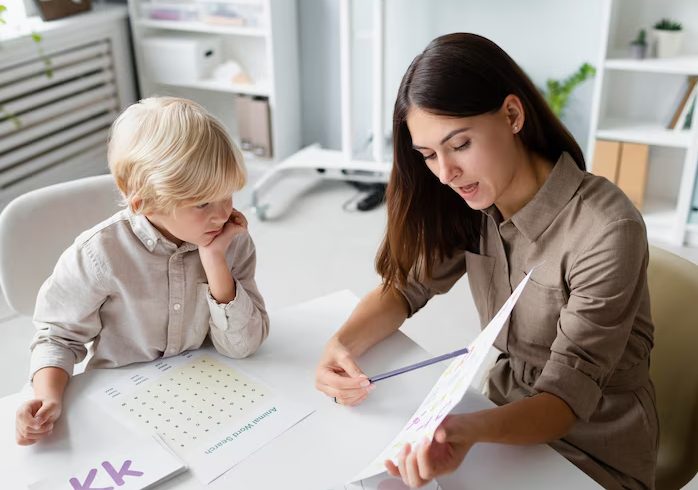

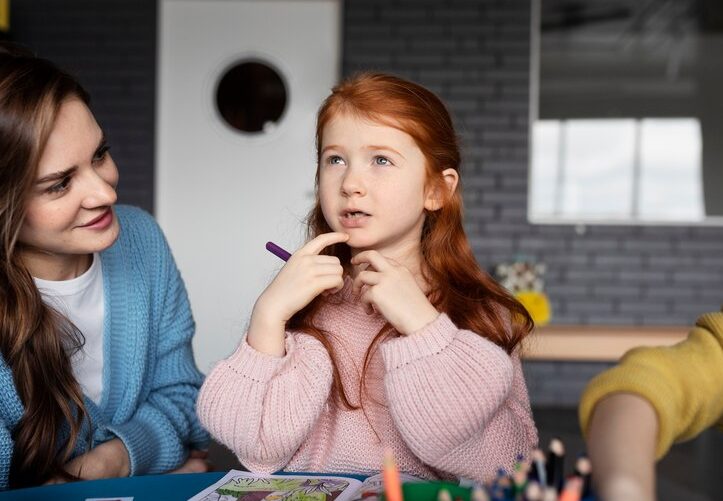
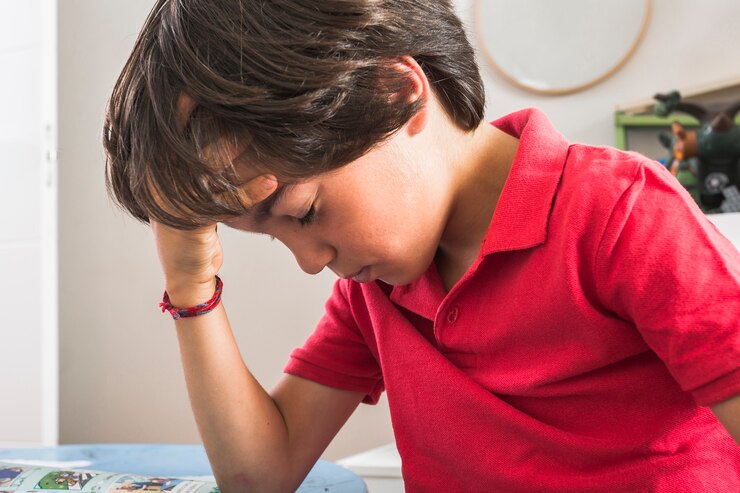
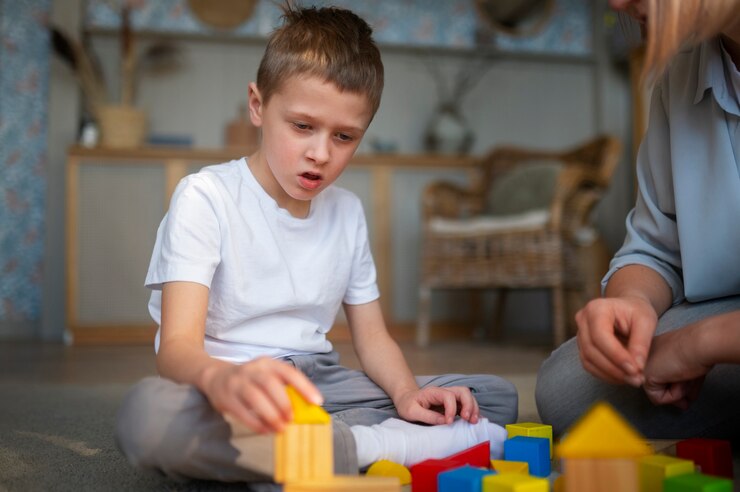

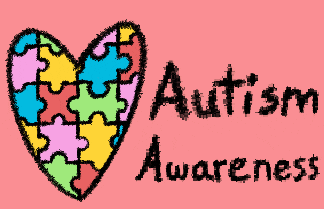
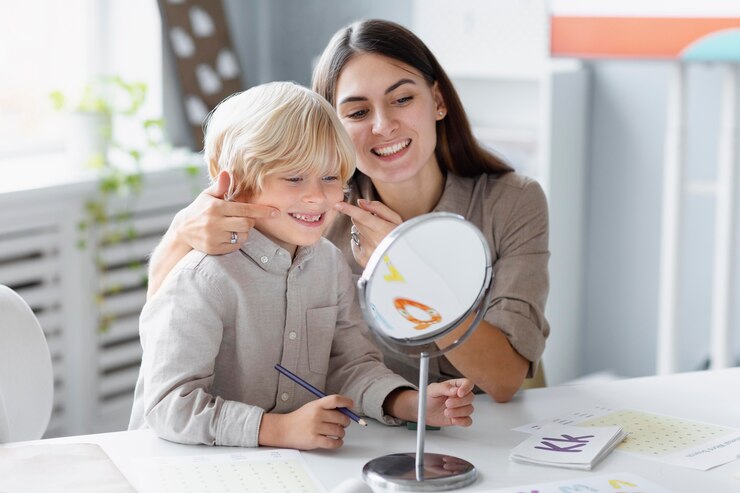
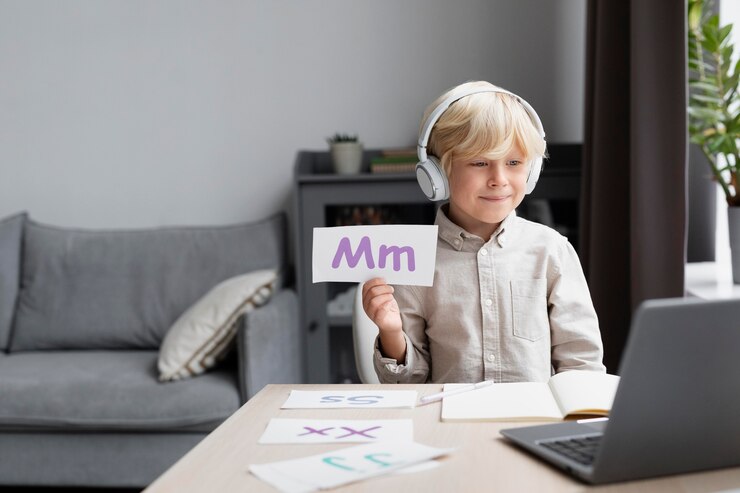

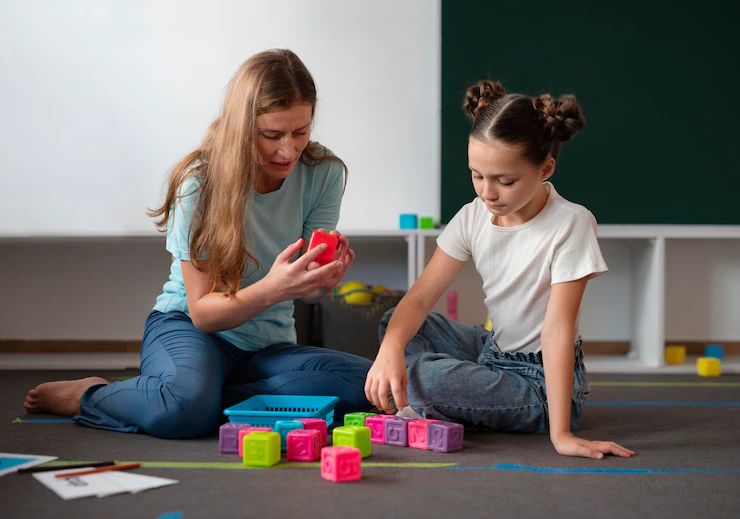
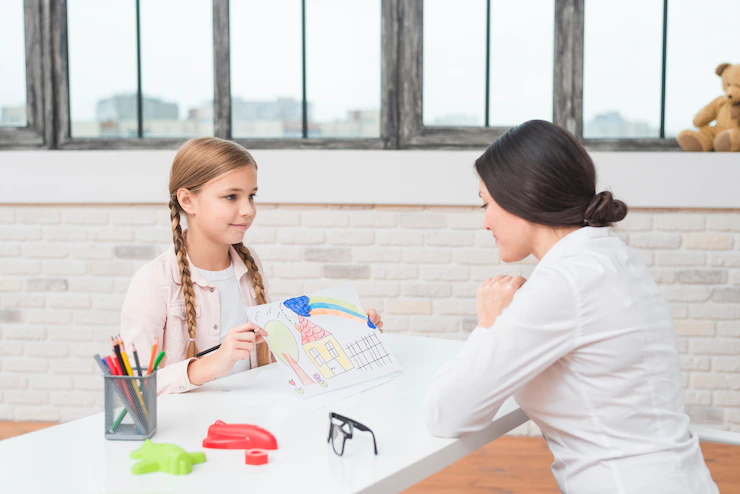
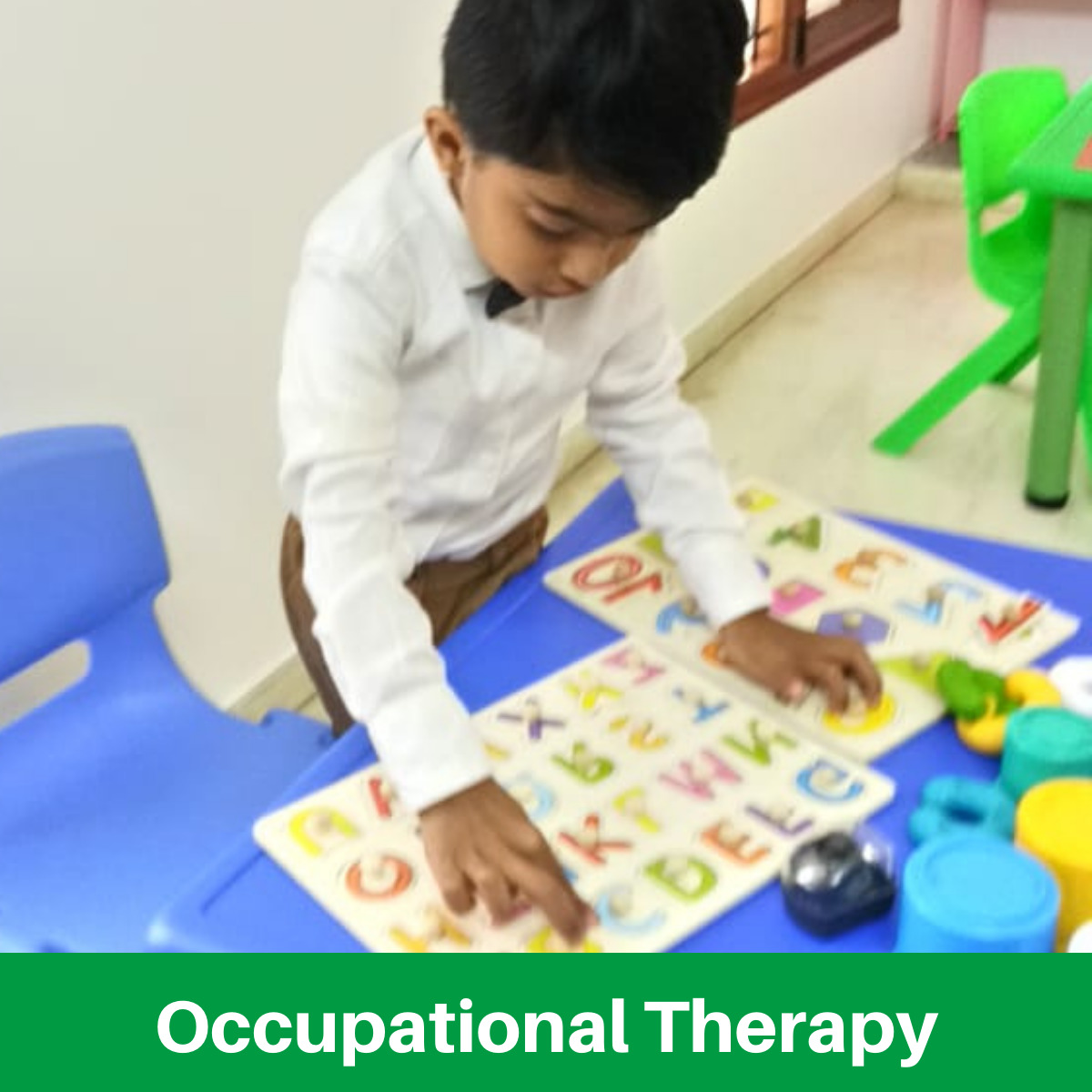
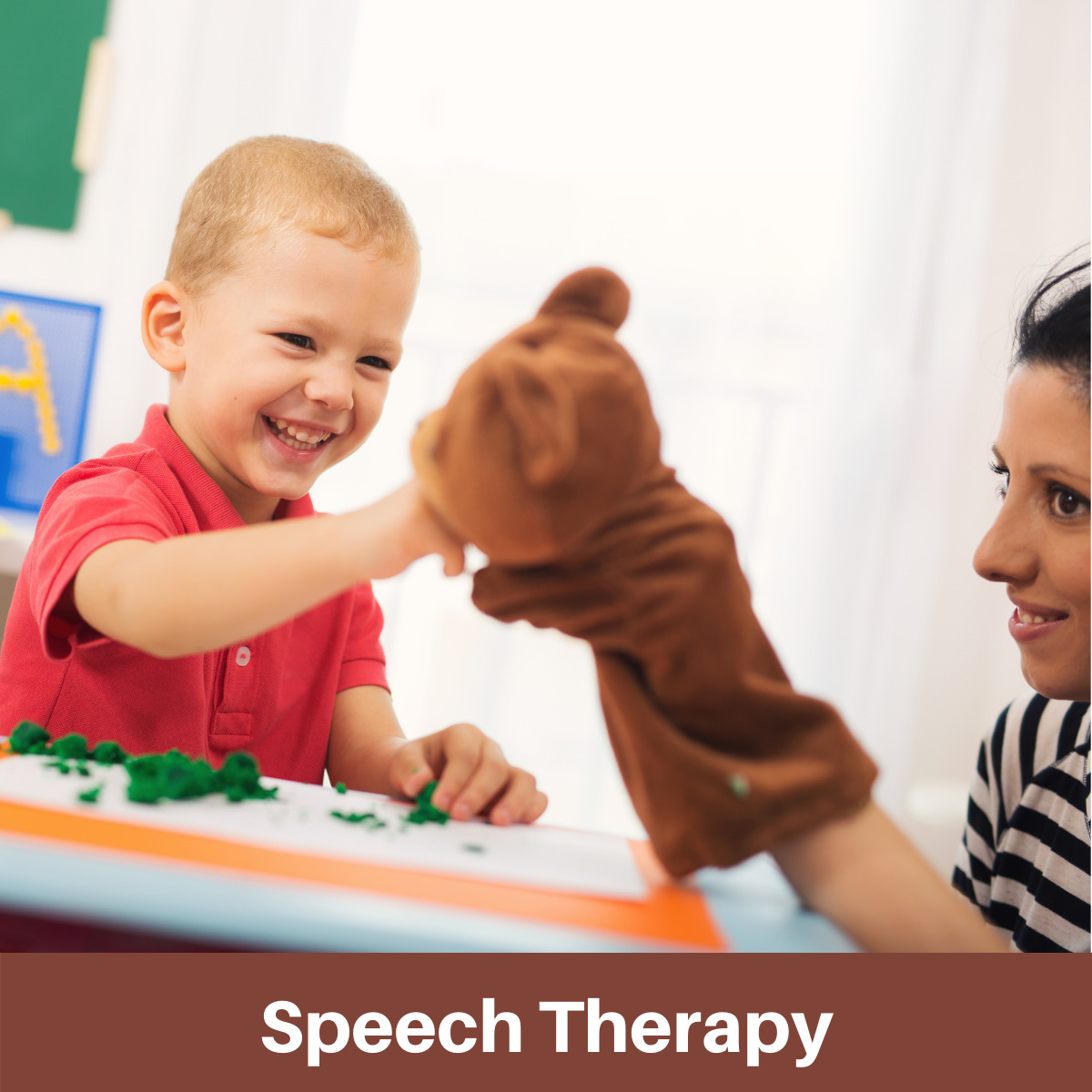
Recent Comments